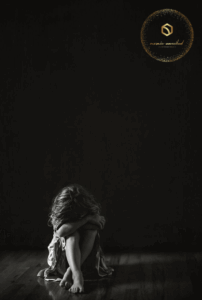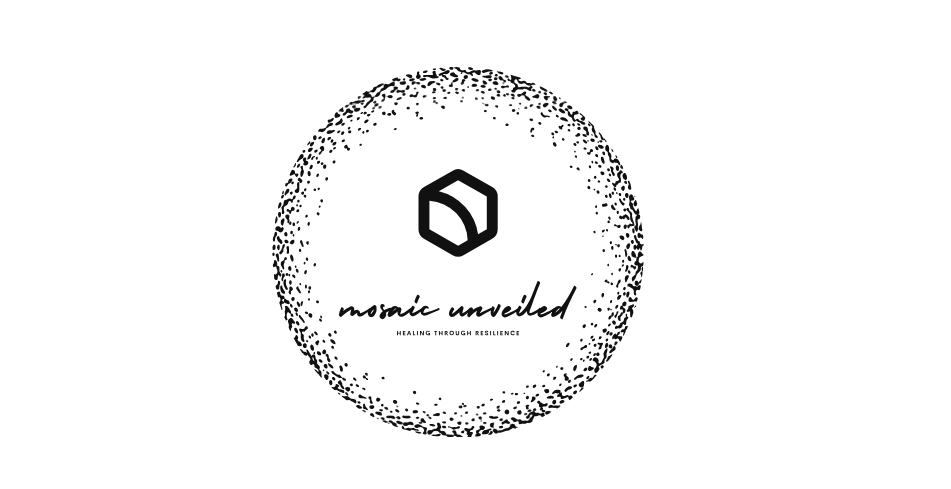
Childhood is meant to be a time of innocence, safety, and love. But for many of us, it becomes a battlefield of survival. Childhood trauma is not just a chapter in a story—it’s a force that shapes identities, relationships, and entire life paths. For those of us who’ve lived through it, healing is not just personal—it’s revolutionary.
More than two-thirds of kids experience at least one traumatic event by the time they turn 16. Between 25 percent and 43 percent of kids experience sexual abuse, and as many as 85 percent witness community violence. Although children are robust, they are not unbreakable. Adults frequently assert that children who experience trauma won’t remember it as adults because they were so little at the time. However, trauma in childhood could have a long-lasting effect. That’s not to imply that even if a youngster goes through a terrible ordeal, they won’t be emotionally traumatized for life. However, it’s crucial to know when a youngster may require professional assistance for coping with their trauma. An early passionate care & empathetic intervention minimizes trauma’s effects.
Child sexual abuse is defined as any sexual activity with a child where consent is not or cannot be given. This includes sexual contact that is accomplished by force or threat of force, regardless of the age of the participants, and all sexual contact between an adult and a child, regardless of whether there is deception or the child understands the sexual nature of the activity. Sexual contact between an older child and a younger child also can be abusive if there is a significant disparity in age, development, or size, rendering the younger child incapable of giving informed consent. The sexually abusive acts may include sexual penetration, sexual touching, or noncontact sexual acts such as exposure or voyeurism
What Is Childhood Trauma?
Childhood trauma refers to overwhelming experiences that disrupt a child’s sense of safety and security. It can include physical or sexual abuse, emotional and verbal assaults, neglect, or witnessing violence in the home. While some wounds heal visibly, others remain hidden, buried deep in memory, body, and behavior.
Trauma doesn’t always wear a name tag. It might look like chronic anxiety, fear of abandonment, emotional numbness, or constant people-pleasing. It might be the silent scream of a child who had to grow up too fast.
My Story: Surviving the Storm
My childhood was a collage of brokenness—scenes of physical and sexual abuse, words that tore into my self-worth, and the chaos of domestic violence that played out on the walls of our home. I witnessed things no child should see, endured things no child should suffer. And just when I thought I couldn’t lose any more, I lost my mother—the one person who offered even a sliver of light.
After her passing, I found myself under the care of step-parents who neglected more than just my needs—they neglected my existence. The ache of being unseen and uncared for was its kind of violence. I carried all this into my teens and adulthood, often in silence, afraid that no one would believe me, or worse, that they would.
But silence didn’t keep me safe—it kept me stuck. It wasn’t until I began facing my story that I began to reclaim it.
The Societal Impact of Unhealed Trauma
What happens in childhood doesn’t stay in childhood. Unhealed trauma follows us into adulthood, influencing our decisions, health, and relationships. It can manifest as depression, anxiety, substance use, or a deep sense of disconnection. And it doesn’t just impact individuals—it affects families, workplaces, schools, and entire communities.
When survivors remain unsupported or unheard, cycles of trauma can repeat. Children grow into adults who, without healing, may pass on the pain. That’s why healing is not a luxury—it’s a necessity for building a healthier society.
The Journey of Healing
Healing from childhood trauma is neither quick nor easy. It’s not a straight line. It’s a slow, sacred unraveling and reweaving of self.
For me, healing began when I stopped pretending I was okay. I started therapy, surrounded myself with supportive people, and allowed myself to grieve what I lost. I journaled, I prayed, I wept, and eventually, I forgave—not to excuse, but to free myself.
Healing also meant learning to trust my voice—to say what happened, to name the pain, and to claim the right to peace.
If you’re reading this and you’ve survived trauma, know this: your story matters. You matter. And healing is possible. Not just for you, but for the generations that come after you.
Breaking the Silence, Advocating for Change
We live in a world that often avoids hard truths. But silence protects abusers, not survivors. To end the cycles of abuse, we must speak up, support trauma-informed care, and create spaces where survivors can heal without shame.
Advocacy starts in our homes, communities, and policies. It looks like believing survivors, demanding justice, and investing in mental health resources. It means challenging the cultural norms that excuse violence or dismiss children’s pain.
Every survivor who chooses healing over silence is a ripple in a larger wave of change.
Conclusion: From Wounds to Wisdom
Childhood trauma may have shaped my beginnings, but it does not define my ending. I am not just a survivor—I am a living testimony of resilience and rebirth.
To every survivor reading this: you are not alone. You are not broken. You are becoming. May your wounds birth wisdom. May your voice spark change. And may your healing light the way for others still finding their way out of the dark.

What Happened to You? by Oprah Winfrey and Dr. Bruce Perry. Here is a book: A compassionate exploration of trauma’s impact and healing.
